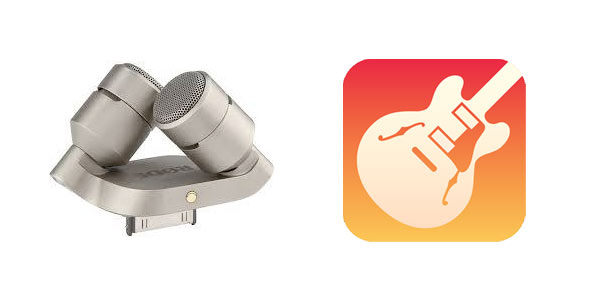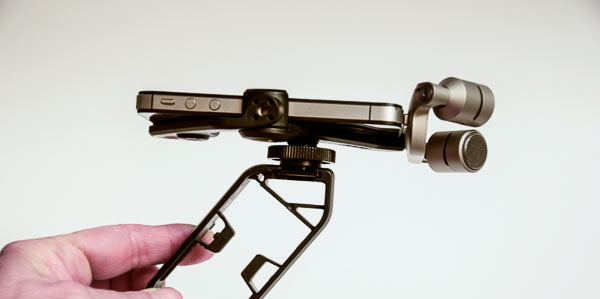Amateur Recording 101
I received an email from a reader the other day suggesting that I write a post on how amateur recordists can make great quality recordings…on a budget. There has to be a middle ground between the heavy investment in equipment (microphones, preamp, cables, recorders, headphones etc) that professionals have to make and using your iPhone or Android device to capture a significant event in one’s life. Although, I have to admit that I held up my trusty iPhone 5 during my son’s graduation ceremonies the other day to record the audio and video in Killen Court as they read his name (along with at least 1000 other names…the awarding of degrees went on for almost 2 hours straight!). But when it comes to capturing audio at a recital, nightclub or family event, things have gotten a lot simpler AND better than decades ago.
In the 1960s’ there weren’t a lot of choices. I was fortunate to have a rim drive, 3 1/4″ reel-to-reel “toy” recorder. It had one head, no capstan and a cheap microphone but it was loads of fun and I recorded just about everything. I recorded episodes of “Get Smart” and “The Monkees” for later playing during long car trips. I also captured significant family occasions like Thanksgiving dinner in Tunica, Mississippi in 1966…a recording that I cherish to this day. But the quality sucks.
Today there are lots of great portable recording devices…all digital. In fact, you probably have one already. A Smartphone can be a great portable recording machine. All you have to do is augment the front end with a stereo condenser microphone setup. There are lots of options available. A quick Google search will identify mics that can easily be attached to your iPhone or Android device. The microphones are usually an XY stereo pair that plugs into the connector at the bottom of the phone (the Apple 30-pin dock connector or the newer Lightning connector). Then fire up Apple’s GarageBand App and you’re good to go. Almost.
Figure 1 – A holder for the iPhone and recording mics.
The tough part is to get the microphones in the right place. If you’re 20 rows back from the music making, the sound is going to be compromised. It will sound distant and hollow…not to mention that you’ll probably be picking up lots of audience noise in addition to the music you want. So you have to position the iPhone with the stereo mics directly in front of the action about 6-10 feet back and somewhat elevated, if possible. They make stands for iPhones that will accomplish this critical task.
There you have it. The cost will range from $50-200 depending on the quality of the microphone and other accessories. But you don’t have to string cables, setup a mixer or portable mic preamplifier etc. There are completely contained handheld recorders from Sony, Zoom and others that will capture 96 kHz/24-bits through built in microphones but there are hundreds of dollars or more. My recommendation is to equipment your SmartPhone with a couple of good mics and you’re good to go.
Of course, there’s a lot more to it than just getting the raw material. Editing, processing, encoding are also procedures that you might need to do…I’ll follow up with a post about next steps.



Another option is the Zoom series of recorders. I have the H4n, never really had the chance to use it much, but the test recordings I did st 24/96 were pretty good.
I own a Zoom H2, have for years, and love it. Just a couple of comments though. Yes, it will produce a 24/96 file, but the actual performance of the thing is way below 24 bits. The internal noise pre A/D is quite high, the mic preamp noise is high, and the mic capsule self-noise is very high. The result is a noise floor more like 14 bits, and what you’d get from the iPhone/mic solution isn’t going to be much better. Of course, nothing an amateur recordist could afford would ever hit or even come close to real 24bit noise performance, but don’t let that put you off too much.
It’s still fairly handy, and makes some nice recordings. I like it better than iPhone solutions because it’s faster to pull out of a bag or pocket and get recording. Basically, flip the power switch, wait for it to boot, and go. Boot time is a function of memory card capacity, so smaller cards like 4gig boot quickly. And, the H2 will record 4 channel surround at 24/96 that can be post-processed to 5.1 surround, a really nice plus for cheap, quick, and very cool field recordings! You can’t do that with any of the IOS solutions!
It seems like a lot of work to use an iPhone compared to a real field recorder like the (sadly discontinued) Olympus LS-7 or the Sony PCM-M10, which are incredibly compact yet do 24/96 recordings, have a user interface designed specifically for recording, and extensibility using mini SD cards. They also have a standard tripod socket so you can use it on top of a boom without additional mounting gadgets or tiring your arms.